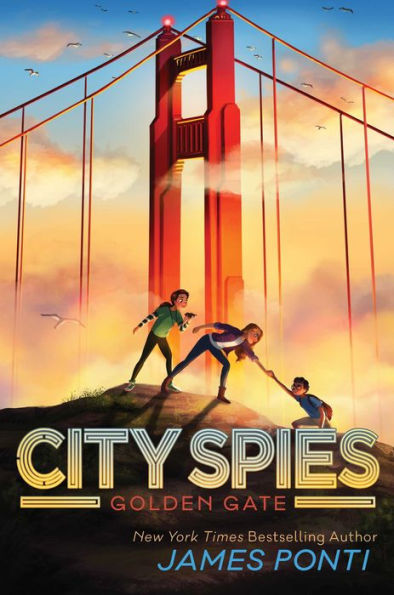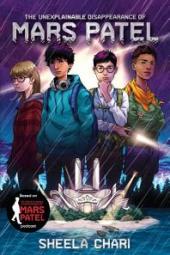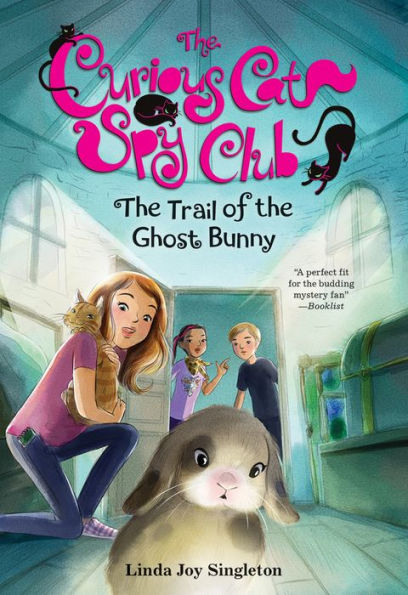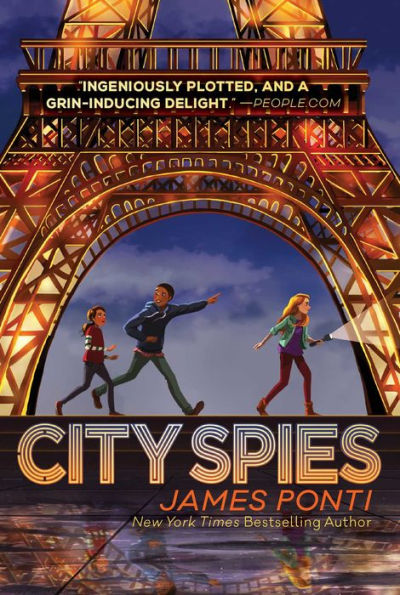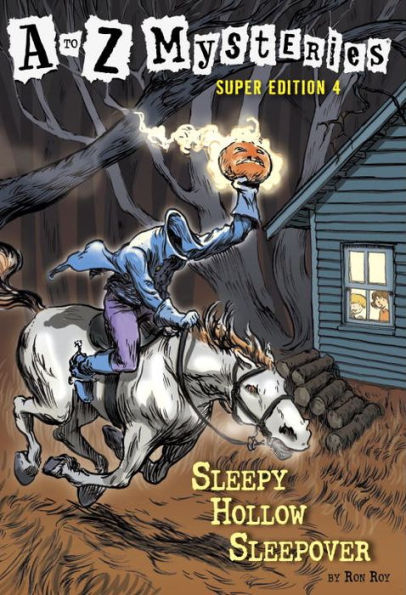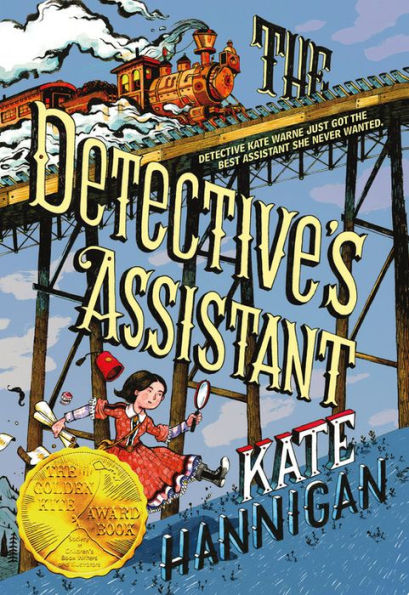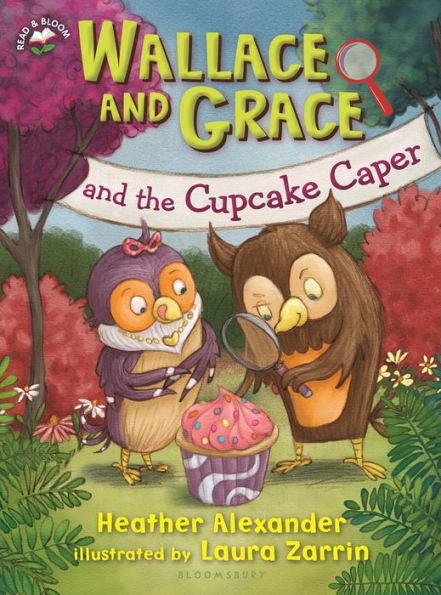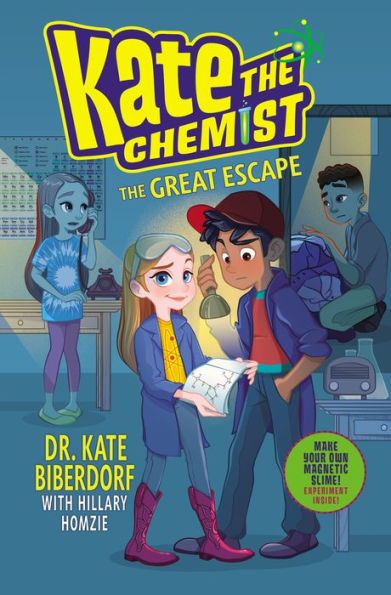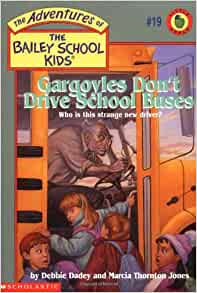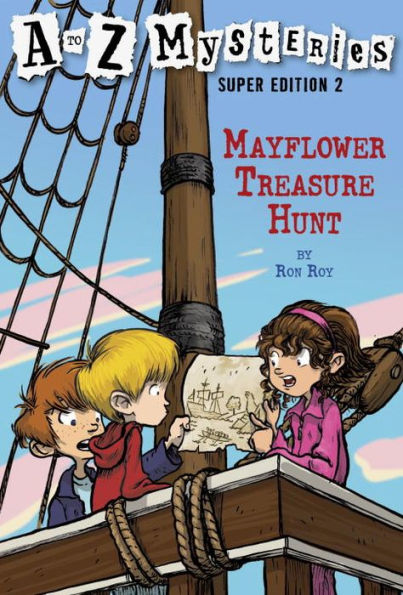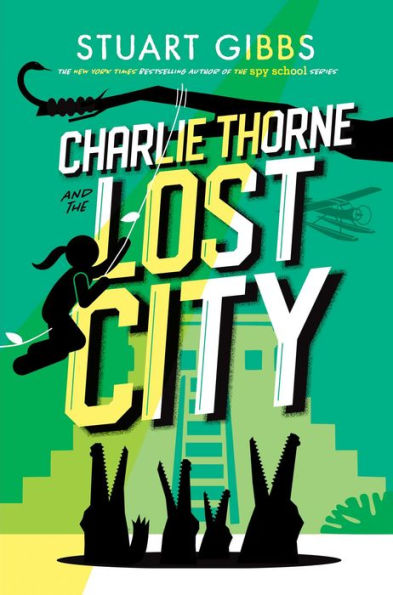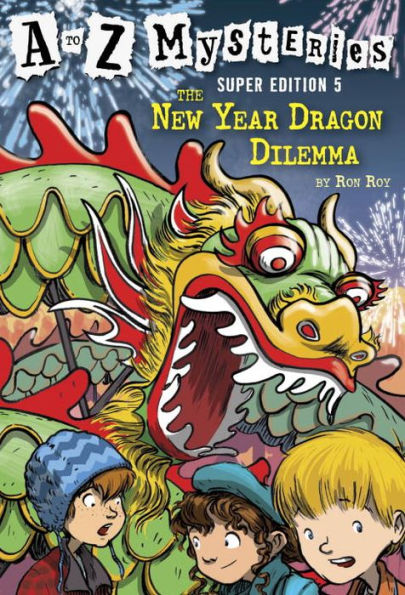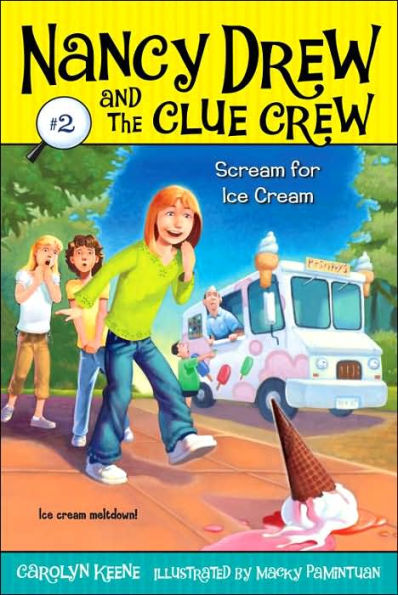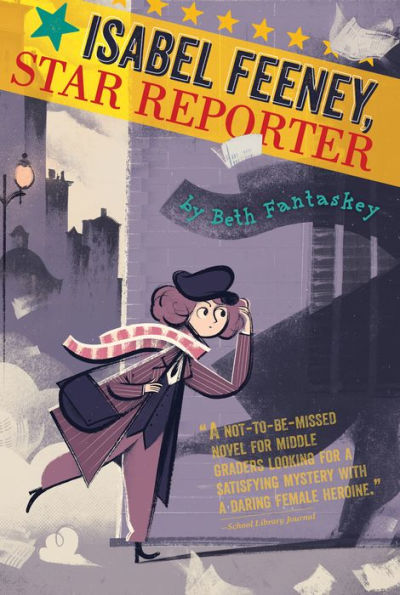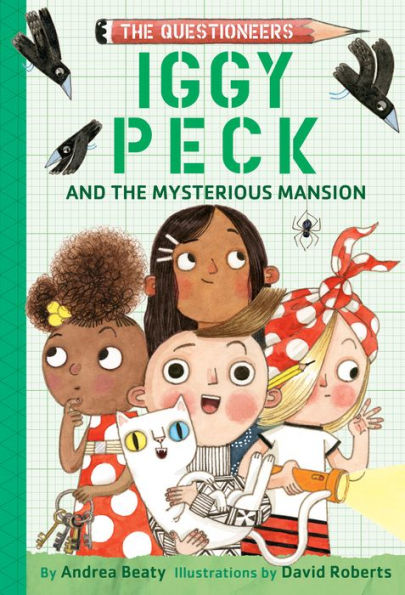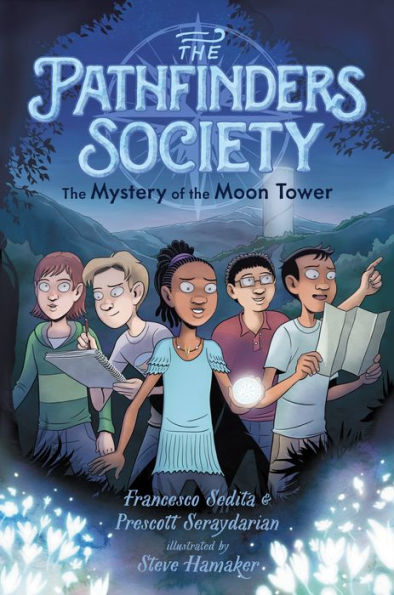Laureth Peak’s father has taught her to look for recurring events, patterns, and numbers—a skill at which she’s remarkably talented. When he goes missing while researching coincidence for a new book, Laureth and her younger brother fly from London to New York and must unravel a series of cryptic messages and frightening clues to find him. The complication: Laureth is blind. Reliant on her other senses and on her brother to survive, Laureth finds that rescuing her father and spotting the extraordinary, and sometimes dangerous, connections in a world full of darkness will take all her skill.
Laureth, a sixteen-year-old blind protagonist, desperately wants to find her father. Laureth’s experiences highlight the difficulties she faces because she is blind. Because of her disability, Laureth takes her seven-year-old brother, Benjamin, to New York to look for her father. The sister-brother relationship is sweet, and it allows the reader to see the different ways Laureth and Benjamin communicate, which allows Laureth to navigate without making her blindness apparent.
While looking for her father, Laureth finds his notebook that has his research notes about coincidences, patterns of the universe, and scientists’ research. For example, he ruminates about the mathematical probability that coincidences happen, synchronicity, as well as some scientists’ obsessions with a meaningful number. The excerpts from the notebook are incredibly boring and they slow down the plot. In the end, Laureth’s father decides to dump all his research and resume writing the same type of funny stories that made him famous. There seems to be no point to the tedious passages about coincidences.
While She is Not Invisible is unique because it focuses on a smart, blind protagonist, Laureth’s story lacks believability. For example, a blind teenager and a seven-year-old boy would not be able to navigate the streets of New York alone. The story concludes with Laureth’s family reuniting, but in the end, none of the clues that Laureth follows help her find her father. Instead, her father just miraculously appears in the hotel’s stairwell just when Laureth needs him most. The conclusion is anticlimactic, and all the pieces of the puzzle come together too easily.
Many teen readers will relate to Laureth, who often doubts herself. Along the journey, she gains confidence and comes to realize that “no one should want to be invisible. To have no one notice you or speak to you. That would be really lonely, in the end.” If you’re looking for a compelling mystery that will be hard to put down, forego reading She is Not Invisible and instead grab a copy of Six Months Later by Natalie D. Richards.
Sexual Content
- Laureth wonders if her dad is “sleeping with someone else.”
- Laureth and her brother go into a bar in the hopes of finding their father. A man yells, “Take your clothes off.”
- The bad guy traps Laureth in a dark hotel room. He says, “You and me can still have a good time together. In the dark.”
- When Laureth’s parents are reunited, she “heard Dad kiss Mum, who giggled like she was young.”
Violence
- Laureth reads a story about a man who “is cannibalized by his shipmates.”
- A man pulls a knife on Laureth, Benjamin, and a boy named Michael. Michael runs off and finds his brother. Laureth heard “a soft thud and the sound of air coming out of someone all at once… There was another thud, and I heard the Smoke scream.” Later, the police find the man tied to a fence with his own belt.
- One of the bad men is in Laureth’s hotel room. Laureth leaps onto the bed, “straight across, and felt his hand grab my ankle. . . then I kicked out wildly with my free leg. My heel hit something that was sort of hard and soft at the same time, there was a crunch, and he yelled, really loud.” She manages to escape.
- Laureth has her brother break all the lights in the hotel’s hallway and the stairs. Laureth runs down the stairs and hears the bad man scream. “It was followed by a series of terrible thuds and thumps as the man fell down to the ground floor.”
Drugs and Alcohol
- Laureth overhears her parents arguing about her dad taking pills for his “state of mind.”
- Sometimes Laureth’s father “has another glass of wine or two.”
Language
- Profanity is used rarely. Profanity includes ass, crap, hell, and damn.
- Ass is used twice. For example, a blind samurai in a Japanese film is “blind but he still kicks ass.”
- A man says, “Goddammit. . . Can’t smoke anywhere in this damn city now.”
Supernatural
- Laureth’s brother Benjamin has a strange effect on electronics which his family calls the “Benjamin Effect.” When Benjamin touches electronics such as cell phones and TV screens, they stop working.
Spiritual Content
- In Laureth’s father’s book of notes, he writes, “There’s a word for the feeling that we are in touch with something great, something powerful, something outside ourselves, and that word is NUMINOUS. It used to only be used in connection with religion; that feeling that you’re in touch with God.”
- Einstein said, “Coincidence is God’s way of remaining anonymous.”
- Laureth thinks about a poem. “It’s a pious poem about God. It’s about how, although you might try to ignore Him, and turn from Him and even flee Him, He will keep following you, faithfully, like a faithful hound follows its master, all of your life.”
- Occasionally Laureth prays. For example, when a man says something rude, Laureth “prayed Benjamin didn’t understand.”
- In his research, Laureth’s father found that George Price, “one of America’s greatest thinkers, gave in and had to admit that God existed.”

